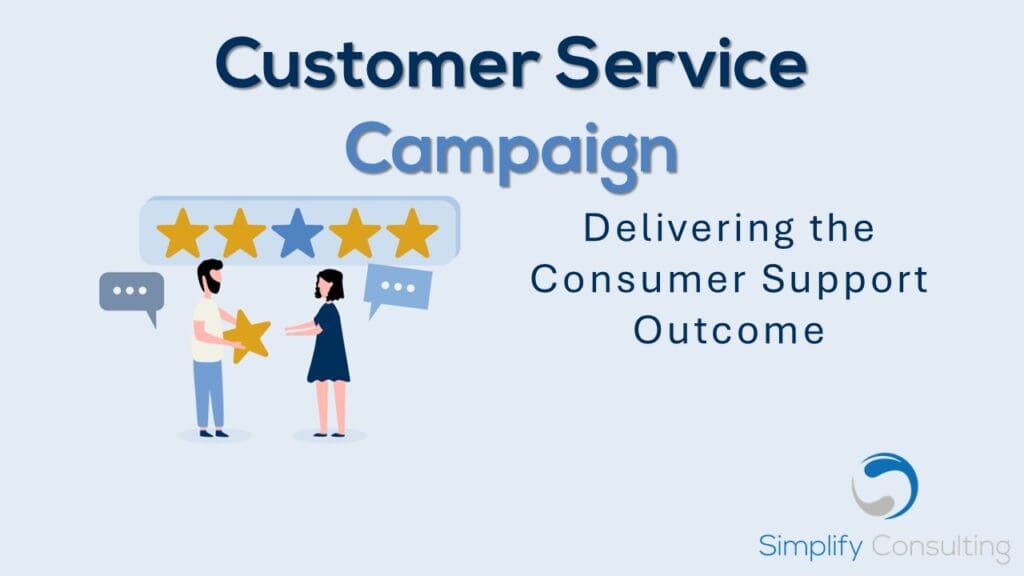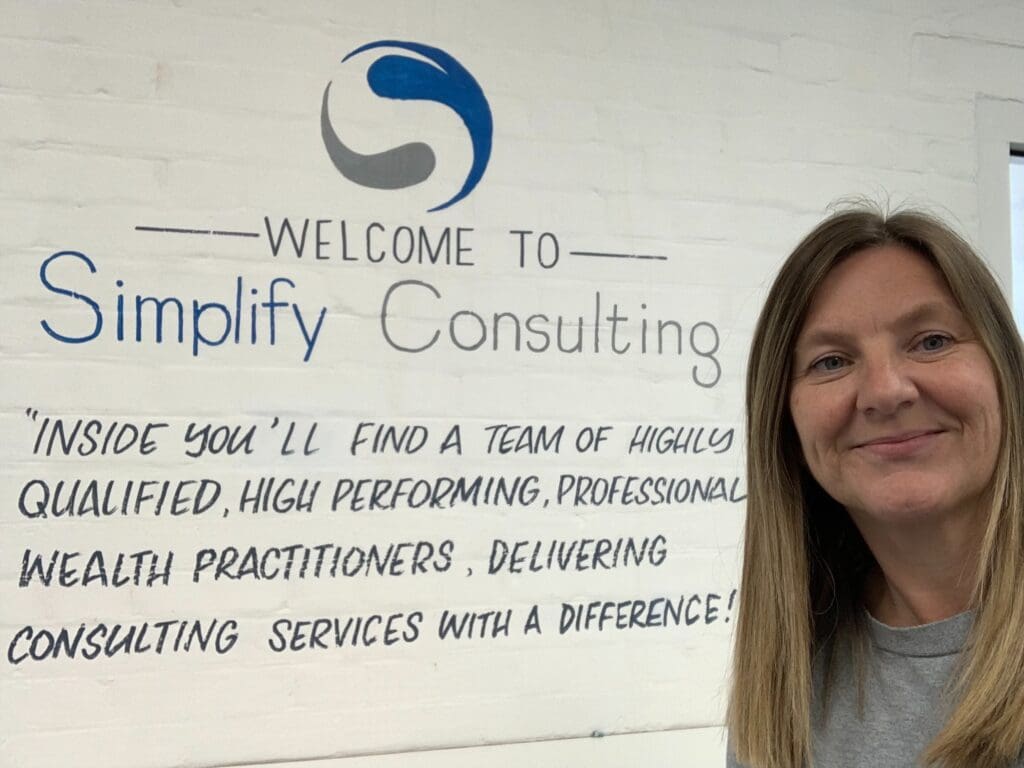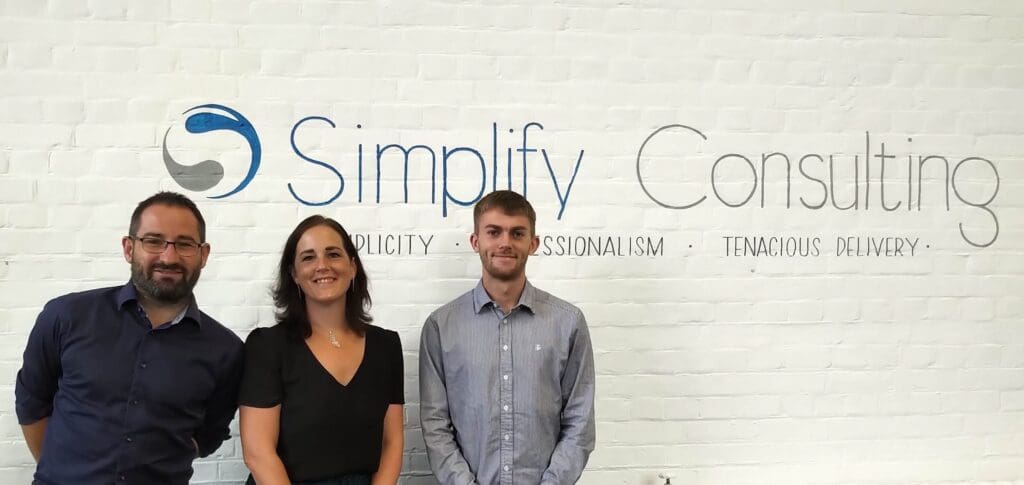
Jayne Brown
Lead Consultant
..
Have you ever been spoilt for choice? Recently I needed to do an exercise which required a review of market solutions available to assist with our client reporting. Client reporting is an important factor of our client engagements, presenting progress updates effectively on a regular basis. We’ve recently experienced rapid growth leading us to expand our team to accommodate our client engagements. To maintain effective reporting we were presented with a challenge to either find a solution ‘off the shelf’ or build something bespoke internally. We have seen a trend externally for businesses needing to react in a similar way to find solutions, either finding solutions for a smaller problem such as this, or to selecting a large solution, such as a platform which allows for front and backend processing of their investment products.
Building a bespoke solution has its benefits. Requirements can be met exactly without compromise depending on complexity and budget available. Another positive aspect is being in control of the timescales for delivery without relying on any third party. On the flip side though it can present a key man dependency risk having a small number of people building and maintaining the tool. It can be a costly option to follow both in terms of money and time to deliver. Regardless of size, the business will need to absorb costs for maintenance, support and security post implementation which can be expensive.
An ‘off the shelf’ solution can provide a much quicker implementation. A third party is responsible for all the functionality, support, and maintenance. The main challenge is going through the process to find the right tool, researching, and validating. This can be time consuming with no guaranteed result either.
Our capability model, Simplify DNA, allows us to bring consistency to this process allowing two technology stacks to be assessed side by side. A visual representation of the capabilities, maturity and any gaps will be highlighted allowing preferred solutions to be identified and selected.
I’ve seen so many systems and applications that have a wide range of functionality enabling a variety of activities to support businesses in any aspect, you name it and there is likely to be an application that can do it.
When faced with a challenge like this, here are the areas I would consider:
- Be clear on the business need and the requirements. Without understanding the requirements you cannot assess the potential systems effectively. Prioritising the requirements using a technique such as MoSCoW for example adds some clarity and helps to keep the focus.
- Know your budget. Comparing costs from one tool to another can vary greatly. Keep any budget constraints at the forefront of the process.
- Research. Do your research to enable the vast number of tools to be reduced and agree a timeframe for this activity. Obtaining references or case studies from existing clients of these providers can prove to be very useful insight.
- Complete an assessment. Assessments can involve reviewing the functionality via a company’s website or booking a demo. I’d recommend doing both. A face-to-face demo can give insight into how the company operates, what they might be like to work with. Using the requirements as the reference point will help to ensure the demo remains focused. This is a great opportunity to ask some specific questions as well. Using a scoring system against each requirement is useful in establishing if the tool will be suitable or not.
- Assess and evaluate. After the assessments have completed, allow time to reflect and agree the next steps. Depending on the outcome of the exercise one of the tools may stand out as meeting all needs, or there could be a few that need to be explored further to be enable selection.
What key points would you consider?





















































































































































































































